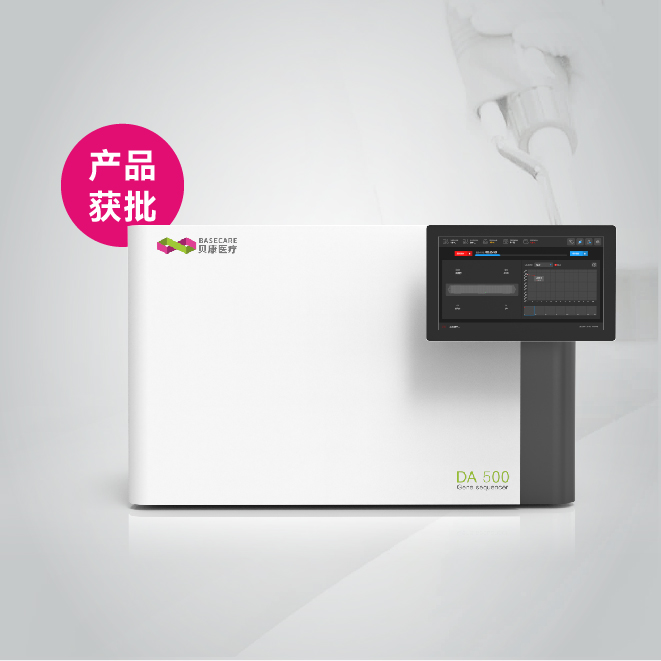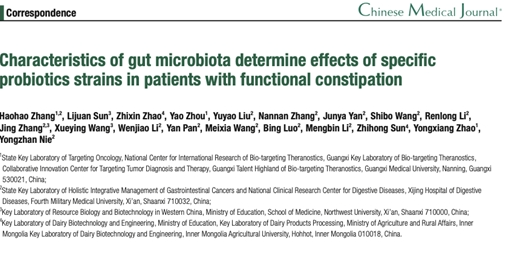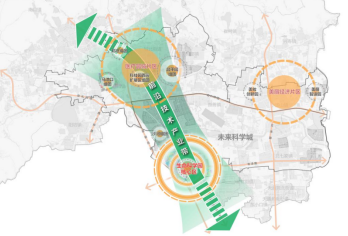导读:砷污染现在已经成为一个全球性的问题。对以大米为主食的人群来说,即使是轻度的大米砷污染也可能导致人体健康问题。另外,除了大米砷污染以外,以砷污染大米为原料的各类制品也存在着砷污染问题。
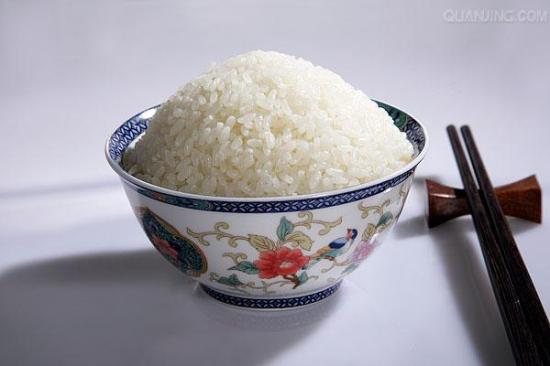
土壤中的有毒元素——砷会诱发癌症、糖尿病及心血管等疾病,地下水中含有的砷浓度过高的话,污染了日常饮用水,这是我们暴露在砷环境下的主要方式。而一些植物如大米会从土壤中吸收这一有毒砷,食用大米我们健康也受到威胁。近年来孟加拉国的孕期流产率和婴儿罹患呼吸系统疾病的几率增加就与暴露在砷环境下有关,孟加拉国是世界上砷暴露较为严重的地区之一。
米饭一直是亚洲等地区人种的主食,但如今在美国,每人每天也平均要消耗半碗熟米饭。美国新罕普什尔州的井水中砷含量很高,近日,一项针对美国新罕布郡的孕妇的研究指出:即使孕妇吃适量的米饭(研究中说明适量约为一天食用半杯米饭),体内的砷含量也异常,机体健康会受到有毒物质砷的影响。目前在美国,并没有相关法律严格规定食品中的砷含量问题。
研究人员通过检测尿中砷含量证实:与在实验阶段只饮用水未食用米饭的女性尿中砷含量相比,那些即食用米饭也饮用水的女性尿中砷水平要高出两倍。但该研究并未探讨体内砷物质对孕妇或发育中儿童健康有何影响。
研究人员募集了229名孕妇志愿者,其中73名在前两天内就进食大米(每人平均食用0.56杯米饭),工作人员检测食用大米受试者尿样本中砷的平均浓度是4μg/L。与纳入研究的未食用大米的女性相比,食用米饭的女性尿砷含量平均高出了2μg/L。最终,工作人员计算发现每食用一克受砷污染的米饭,受试人员尿中砷的浓度就增加1%。
根据这项研究结果,科研人员呼吁身体虚弱的人最好还是选择其他主食,避免不必要的砷暴露。研究者们同时要求政府应更有力地监测美国市场上销售的大米,值得欣慰的是在中国,已经有相关规定限制大米中的砷含量。

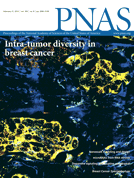 Rice consumption contributes to arsenic exposure in US women
Rice consumption contributes to arsenic exposure in US women
Diane Gilbert-Diamonda,b,1,2,Kathryn L. Cottinghama,c,1,Joann F. Grubera,b,Tracy Punshona,c,Vicki Sayaratha,b,A. Jay Gandolfid,Emily R. Bakera,e,Brian P. Jacksonf,Carol L. Folta,c, and Margaret R. Karagasa,b
Emerging data indicate that rice consumption may lead to potentially harmful arsenic exposure. However, few human data are available, and virtually none exist for vulnerable periods such as pregnancy. Here we document a positive association between rice consumption and urinary arsenic excretion, a biomarker of recent arsenic exposure, in 229 pregnant women. At a 6-mo prenatal visit, we collected a urine sample and 3-d dietary record for water, fish/seafood, and rice. We also tested women's home tap water for arsenic, which we combined with tap water consumption to estimate arsenic exposure through water. Women who reported rice intake (n = 73) consumed a median of 28.3 g/d, which is 0.5 cup of cooked rice each day. In general linear models adjusted for age and urinary dilution, both rice consumption (g, dry mass/d) and arsenic exposure through water (μg/d) were significantly associated with natural log-transformed total urinary arsenic (Graphic, Graphic, both P < 0.0001), as well as inorganic arsenic, monomethylarsonic acid, and dimethylarsinic acid (each P < 0.005). Based on total arsenic, consumption of 0.56 cup/d of cooked rice was comparable to drinking 1 L/d of 10 μg As/L water, the current US maximum contaminant limit. US rice consumption varies, averaging 0.5 cup/d, with Asian Americans consuming an average of >2 cups/d. Rice arsenic content and speciation also vary, with some strains predominated by dimethylarsinic acid, particularly those grown in the United States. Our findings along with others indicate that rice consumption should be considered when designing arsenic reduction strategies in the United States.


